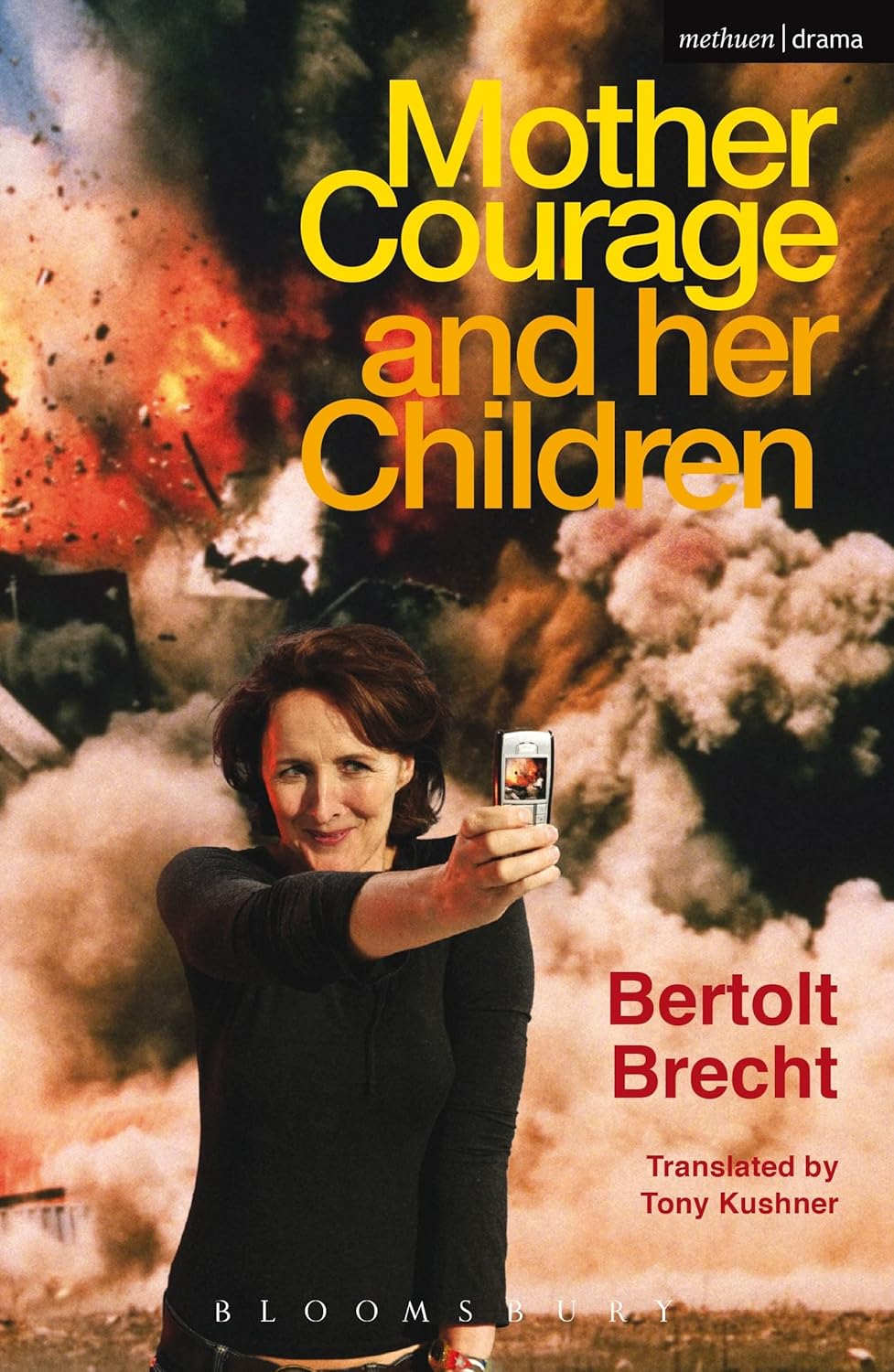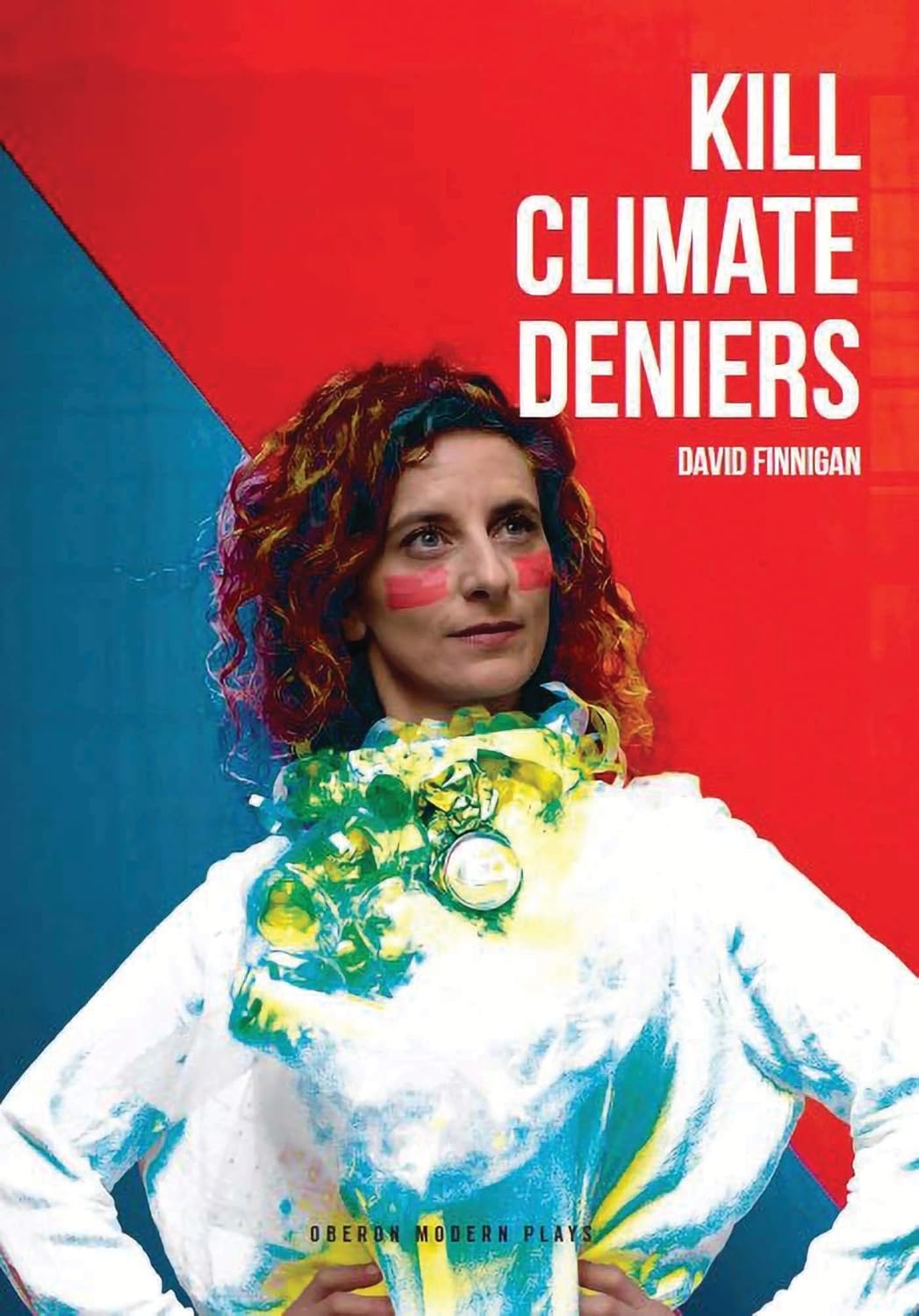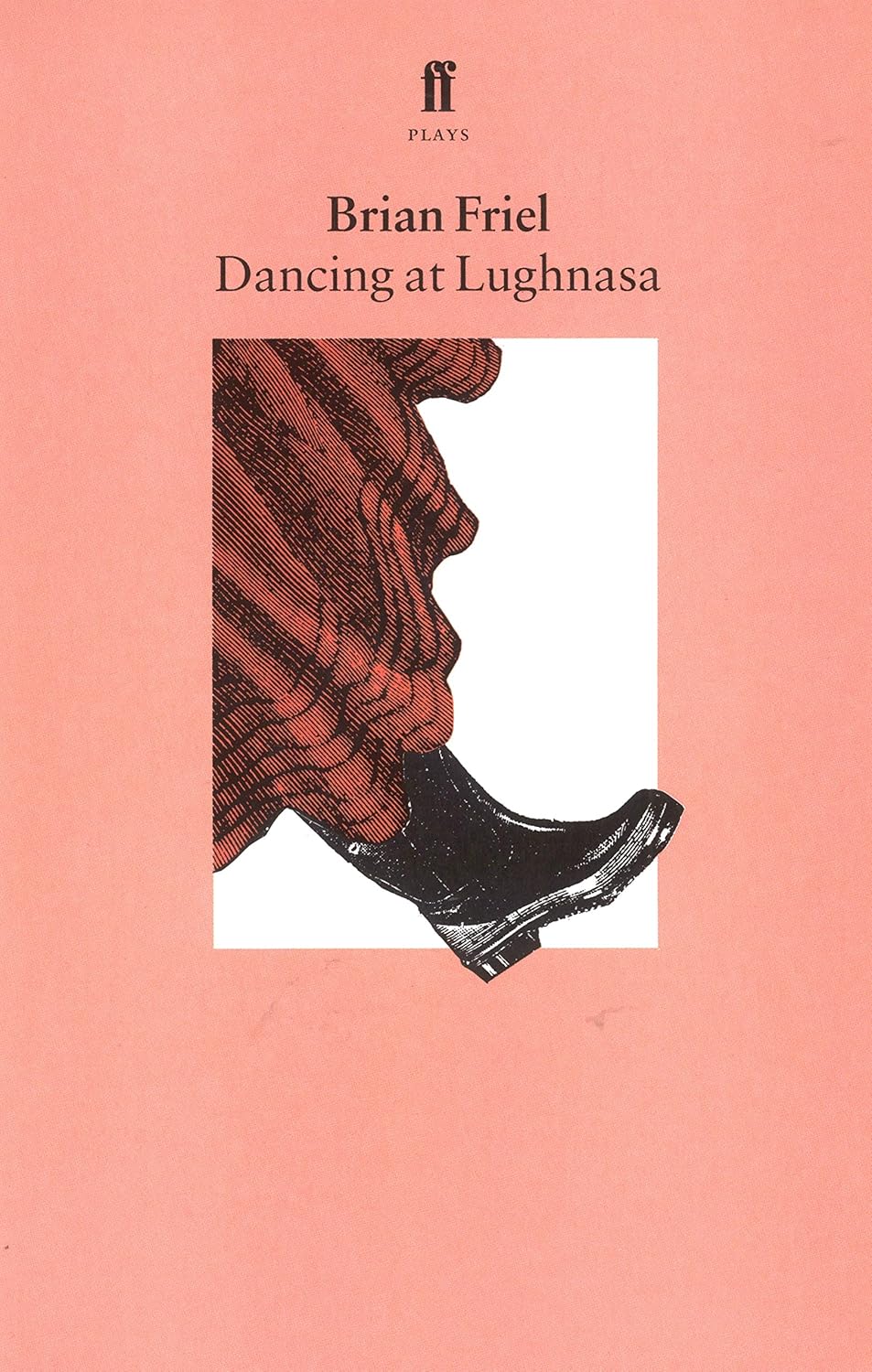The Price of Survival in War
In a world increasingly familiar with the devastating impact of conflict, Bertolt Brecht’s masterpiece “Mother Courage and Her Children” remains startlingly relevant. Written as a direct response to Hitler’s invasion of Poland, this epic drama follows a canteen woman who believes she can profit from war while keeping her children safe – a tragic miscalculation that resonates with audiences nearly a century later.
Quick Facts
- First performed: 1941, Schauspielhaus Zürich, Switzerland
- Original title: Mutter Courage und ihre Kinder
- Runtime: Approximately 3 hours
- Structure: 12 scenes spanning 12 years of the Thirty Years’ War (1618-1648)
- Notable productions: The 1949 Berliner Ensemble production directed by Brecht himself, with Helene Weigel’s iconic portrayal of Mother Courage
- Awards: Considered one of the greatest anti-war plays ever written
Just want to read the play?
Free version? Try the Eric Bentley translation on Internet Archive: https://archive.org/details/mothercouragehe00brec
Historical Context
Written in 1939, “Mother Courage” emerged from Brecht’s exile years as Hitler’s forces marched across Europe. The play’s setting in the Thirty Years’ War served as a powerful historical parallel to the spreading conflict of World War II. The religious and political complexity of the 17th-century war provided Brecht with the perfect backdrop to examine how ordinary people navigate survival during prolonged conflict.
The Thirty Years’ War, like World War II, redrew the map of Europe and devastated its population. By choosing this historical setting, Brecht created what he called a “Verfremdungseffekt” (alienation effect), allowing audiences to view contemporary issues through a historical lens.
Plot Overview
Anna Fierling, nicknamed Mother Courage, pulls her canteen wagon through war-torn Europe, accompanied by her three children: Eilif, Swiss Cheese, and mute Kattrin. She’s a complex entrepreneur, making her living by selling supplies to soldiers while trying to protect her children from the very war she profits from.
The play follows her journey through twelve scenes, each marked by a year and location in the war. One by one, she loses her children to the conflict: Eilif to the glory of military heroism, Swiss Cheese to his honest nature, and Kattrin to her heroic sacrifice saving a town from attack. Yet Mother Courage continues to pull her wagon, surviving but at a devastating cost.
Themes & Analysis
The Business of War
At its core, the play examines how war creates a moral economy where survival often requires complicity. Mother Courage embodies this contradiction – she profits from war while simultaneously being its victim. Her famous line, “War is like love; it always finds a way,” encapsulates her pragmatic approach to survival.
Maternal Love vs. Economic Survival
The central tragedy lies in Mother Courage’s inability to choose between protecting her children and protecting her business. Each time she must make a choice, her merchant’s instincts win out, ultimately contributing to her children’s deaths. This conflict raises uncomfortable questions about survival in a capitalist system during wartime.
The Futility of Virtue
Each of Mother Courage’s children represents a virtue that leads to their destruction: Eilif’s bravery, Swiss Cheese’s honesty, and Kattrin’s kindness. Their fates suggest that moral virtues become liabilities in wartime, yet their deaths also represent acts of resistance against war’s dehumanizing effects.
Revolutionary Elements
Brecht’s innovative theatrical techniques are on full display:
- Scene titles that preview the action, removing traditional suspense
- Songs that comment on and contradict the action
- Direct audience address that breaks the fourth wall
- The use of placards and projections to maintain historical context
- Characters who narrate their own actions
Cultural Impact
“Mother Courage” has influenced anti-war literature and theater for generations. Its impact can be seen in works ranging from Joseph Heller’s “Catch-22” to contemporary war films. The character of Mother Courage has become archetypal, representing the complex relationship between war and commerce.
Staging & Performance
The play presents unique challenges for production:
- The wagon, which becomes a character itself
- The balance between epic theater style and emotional impact
- The integration of music and song
- The representation of time passing and multiple locations
- The portrayal of Kattrin’s muteness as both disability and protest
Reading Guide
Best Translations
- Tony Kushner’s version (most contemporary and accessible)
- John Willett’s translation (closest to Brecht’s intentions)
- Eric Bentley’s version (historically significant)
Reading Tips
- Pay attention to the economic transactions in each scene
- Note how songs comment on or contradict the action
- Watch for Brecht’s use of irony and paradox
- Consider how each scene could stand alone as a parable
Contemporary Relevance
The play’s themes resonate powerfully today:
- The privatization of war and military contractors
- The refugee crisis and displacement
- Economic opportunism during conflict
- The impact of war on civilians
- The role of women in conflict zones
Discussion Questions
- Is Mother Courage a hero or an anti-hero?
- How does the play’s episodic structure affect its impact?
- What role does commerce play in modern warfare?
- How do Brecht’s theatrical techniques enhance the play’s message?
- Can one remain moral while surviving in an immoral system?
Fun Facts & Trivia
- Brecht wrote the first version in just over a month
- The character was inspired by the 17th-century writer Grimmelshausen’s novel “Simplicius Simplicissimus”
- Helene Weigel, Brecht’s wife, famously performed the role without speaking during Mother Courage’s final scene
- The play’s first production in Switzerland was a commercial failure
- Brecht rewrote significant portions after seeing the first production
Why This Play Endures
“Mother Courage” remains powerful because it refuses easy answers. It presents war not as a heroic enterprise but as a grinding economic engine that consumes everyone in its path. The play’s genius lies in making us understand, if not approve of, Mother Courage’s choices while showing their tragic consequences.
In an era of endless conflicts and war profiteering, Brecht’s masterpiece continues to challenge audiences to examine their own complicity in systems of violence and exploitation. It stands as both a warning and a testament to human resilience, asking us to consider what price we’re willing to pay for survival.







Leave a Reply